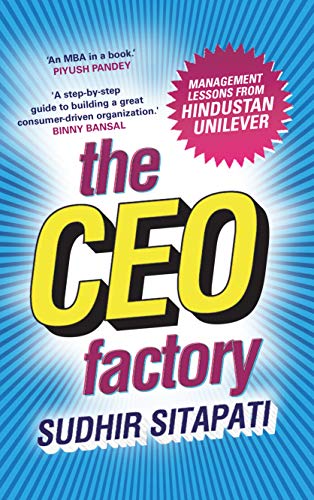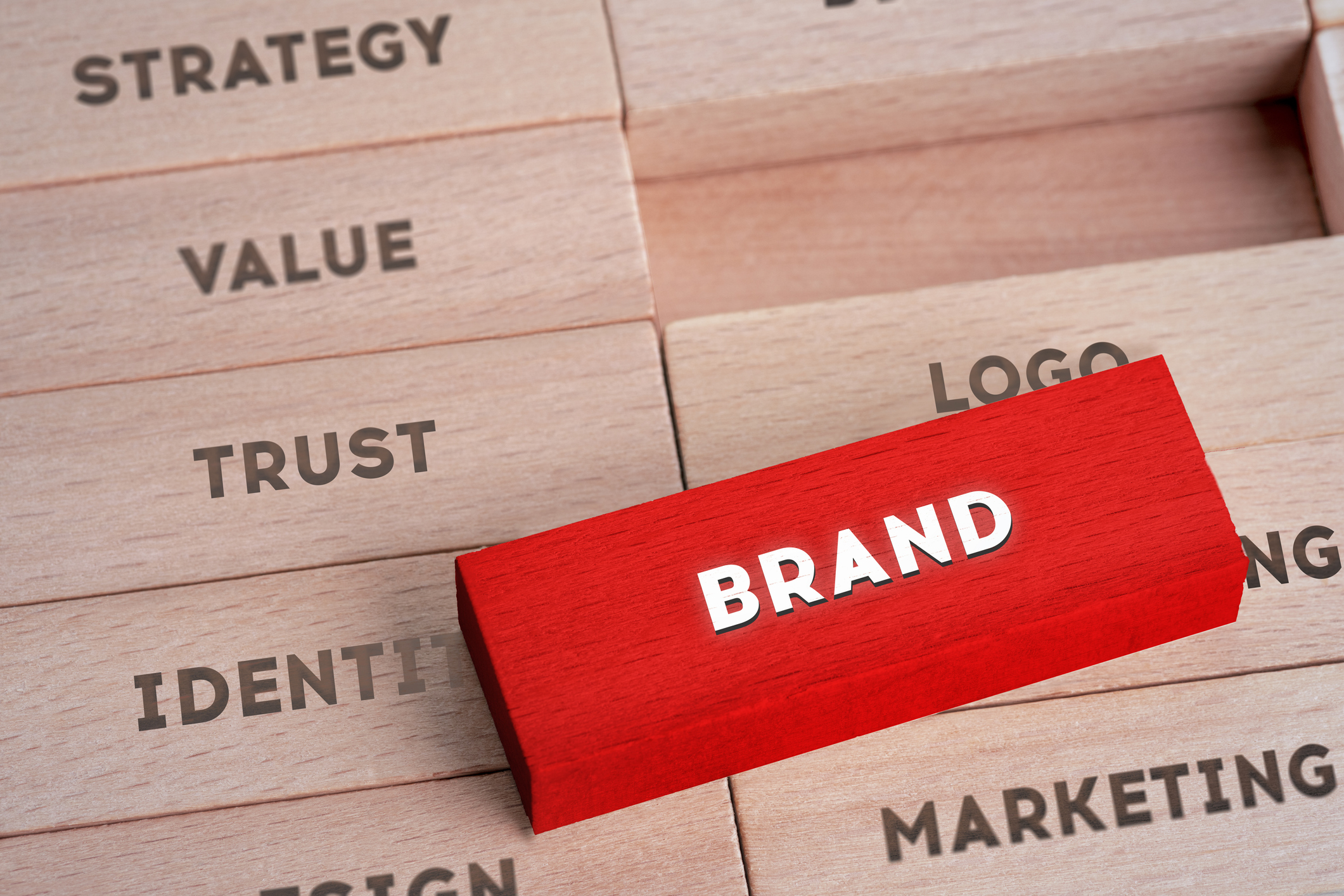
Juggernaut Books
Hindustan Unilever (HUL) has a special place in the Indian corporate world. It is a global giant with distinctly Indian roots that have strengthened over the last 60 years or so. Unlike other global corporations Unilever allowed local talent to emerge around the world. That created the conditions that enabled the best Indian talent to flower. In more recent years it became a happy hunting ground for headhunters, looking out for CEOs for everything from telecom companies to television networks. Sudhir Sitapati, an executive director at HUL has zeroed in on what he calls the HUL way. In his book, The CEO Factory: Management Lessons from Hindustan Unilever, he concludes: “There is an HUL way of advertising, of sales and of running a manufacturing operation. These are well-defined processes. There is also an HUL way of operating a business: with rigour, consumer connectedness, discipline and above all integrity.”
In this extract Sitapati looks at marketing the HUL way:
Marketing = What the Consumer Wants
‘What is marketing, uncle?’ asked a friend’s twelve-year old son the other day. I was unable to give a straight answer. In most companies – and indeed in the layperson’s understanding of the word – marketing is tom-tomming the product or service that the company offers. In short it is the publicity department. It has a negative connotation and is often used as a back-handed compliment. When people say ‘ABC politician is a marketing genius’ they imply that he doesn’t really have content but through clever talk has convinced people to vote for him. In HUL that is what we would call advertising. For HUL marketing is the nodal function that sits at the heart of the business. It frames business problems in consumer terms, understands unmet consumer needs and then mobilizes the rest of the company into fulfilling it. You could also call marketing at HUL the Department of Meeting Consumer Needs, which is what the whole company is supposed to be doing. In HUL marketing is the business.
In technology companies what HUL calls marketing is a combination of the product department and the marketing department. From a tech company point of view, understanding what the ‘customer’ wants, developing a cool product and letting people know about it come under the purview of marketing.
At HUL the brand team is usually at the centre of fundamental business problems such as cost structures, capacity utilization and technology. Nitish Bhalotia, currently general manager laundry, writes about how as brand manager on Surf Excel he was central to solving a key business issue faced by Surf Excel – that of value and affordability. Surf Excel was a strong brand, but unaffordable. Surf Excel Blue, the good old Surf, was affordable but its blue colour and fluffy texture were considered old-fashioned. The one competitive advantage of Surf Excel Blue was that it was made with a technology called spray-drying, which was difficult to replicate. By challenging dominant logic and making a virtue of its fluffiness (it dissolves better) and its blue colour (connoting clean) the team was able to exponentially grow the spray-drying segment of the market. Great marketing moved consumer preference to a part of business that HUL had a fundamental competitive advantage in.
What Is a Brand?
‘What is a brand?’ is as tricky a question as ‘What is marketing?’ I like to think of brands as trust-marks that have a few specific associations for many consumers. Marking A on a bag of wheat is a mark, but it is a trust-mark when many people trust that A on a bag of wheat means that it is good quality wheat.
A trust-mark signifying quality is a necessary but not sufficient condition for a good brand. A good brand also has a few other specific associations for many. The sharper the associations and the more people who know the association, the stronger the brand.
Ask consumers to close their eyes and say what comes to mind about the brand Lifebuoy. Chances are they will say, ‘Soap. Red. Germkill. Rectangular. Doctor. Strong smelling.’ Ask them to think about brand Horlicks and they will say, ‘Powder. White. Milk. Nutritious. Mum gave it to me as a child.’ Think of your favourite brands and repeat the exercise. You will be able to form very sharp associations that several people share.
Consumers use brands as a shorthand to navigate an increasingly complex world. The other day my wife and I were having an argument on which movie to see. My wife won the day by saying that the film she wanted to see was produced by Viacom 18. It would at minimum have a good story, be plausible and have character actors. Those are the brand associations that my former colleagues at HUL who run Viacom, Sudhanshu Vats and Ajith Andhare, have built over the last ten years.
Srirup Mitra, vice president of the soap business, talks about how as a brand manager he built the Lifebuoy liquid handwash brand. While the main competitor was using claims around effectiveness, Srirup realized that washing hands with soap was a chore for kids before diving into their favourite food. This gave rise to an entirely new axis of superiority in this category – speed. The product was redesigned to deliver complete protection in ten seconds, and competitors were repositioned as ‘slow and hence ineffective’. This was presented to consumers with one of the most memorable lines in recent soap advertising: ‘Bunty, tera sabun slow hai kya?’ or ‘Bunty is your soap slow?’
Other things being equal, consumers pay a significant premium for the simplicity in navigation that a good brand can bring. And unlike product quality or good pricing or easy availability (all of which require capital), building brands mainly requires intellectual capital. It is easily the best return on investment in most businesses.
At HUL marketing is a function that understands and solves consumer needs using brands.
Excerpted from The CEO Factory by Sudhir Sitapati, with permission from Juggernaut Books










